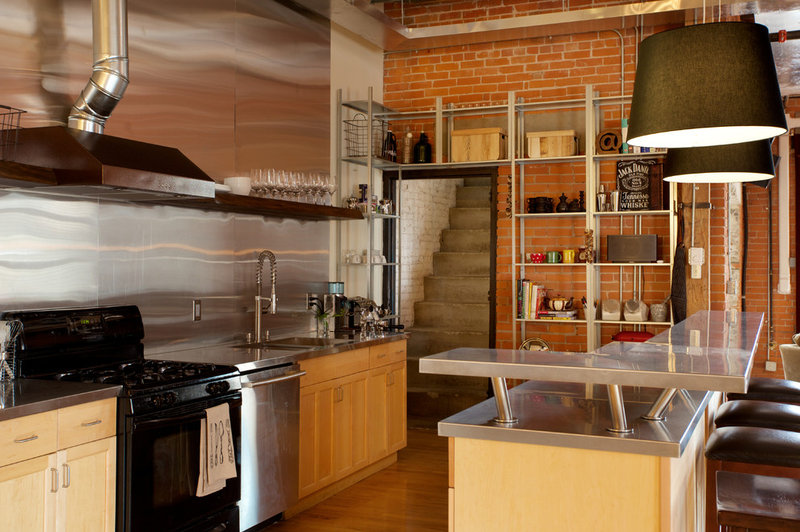As rent soars across the US, Zillow found that renting a home is half as affordable as buying one. In the third quarter of 2014, U.S. renters could expect to spend about 30 percent of their incomes on rent, while those buying homes could expect to spend just 15 percent of their monthly incomes on their mortgage payment.
The report reveals a big shift from the years before the real estate bubble, between 1985 and 2000, when rent was typically more affordable in major metros than buying. Now, in most metros, those who can come up with a down payment are better off buying, in terms of affordability.
Even in the least affordable metros — like San Francisco, Los Angeles, Seattle and Boston — renting was a more affordable option before the real estate market crash. But since then, rent has increased while the cost of buying a home has fallen in many places, so that renting is now the less affordable option — sometimes by a large margin.
Younger buyers making smaller down payments spend slightly more than other buyers on mortgage payments — a median of 17 percent of their incomes — but buying is still more affordable for them on a monthly basis.
“Despite rising home values, homeownership remains very accessible for buyers that can scrape together a down payment — even a relatively modest one — find a home to buy and secure financing,” said Zillow Chief Economist Dr. Stan Humphries.
Humphries has said he expects 2015 to be a breakthrough year for younger buyers to enter the market, and many of those buyers will decide to buy because rent is so unaffordable. At the same time, some renters are spending so much on rent they will struggle to save for a down payment, even if they want to buy.
read more…
http://www.zillow.com/blog/rent-half-as-affordable-as-buy-165842/?utm_source=feedburner&utm_medium=email&utm_campaign=Feed%3A+ZillowBlog+%28Zillow+Blog%29





